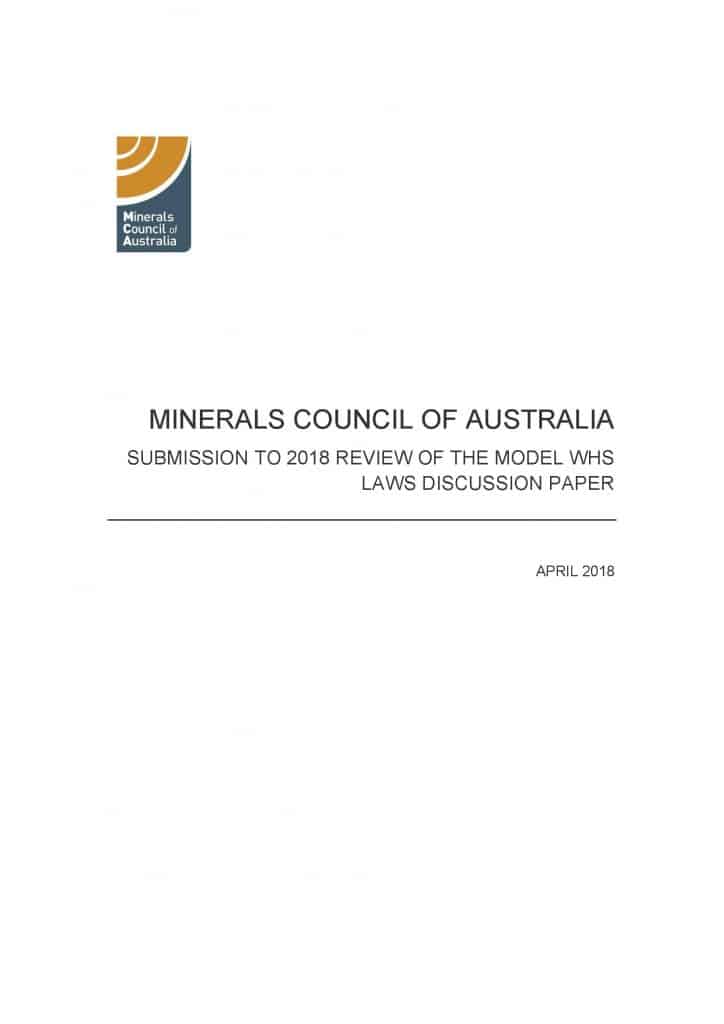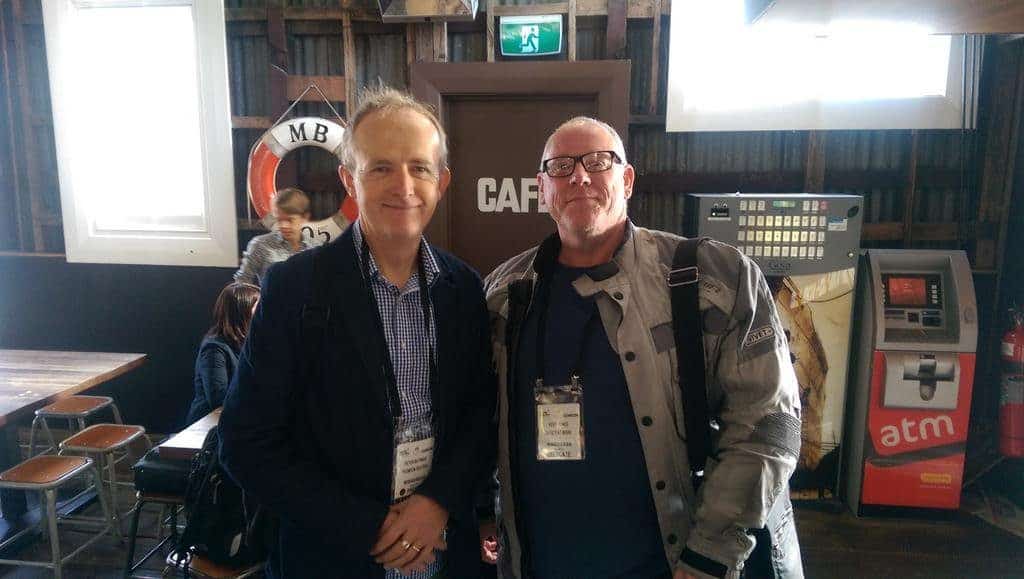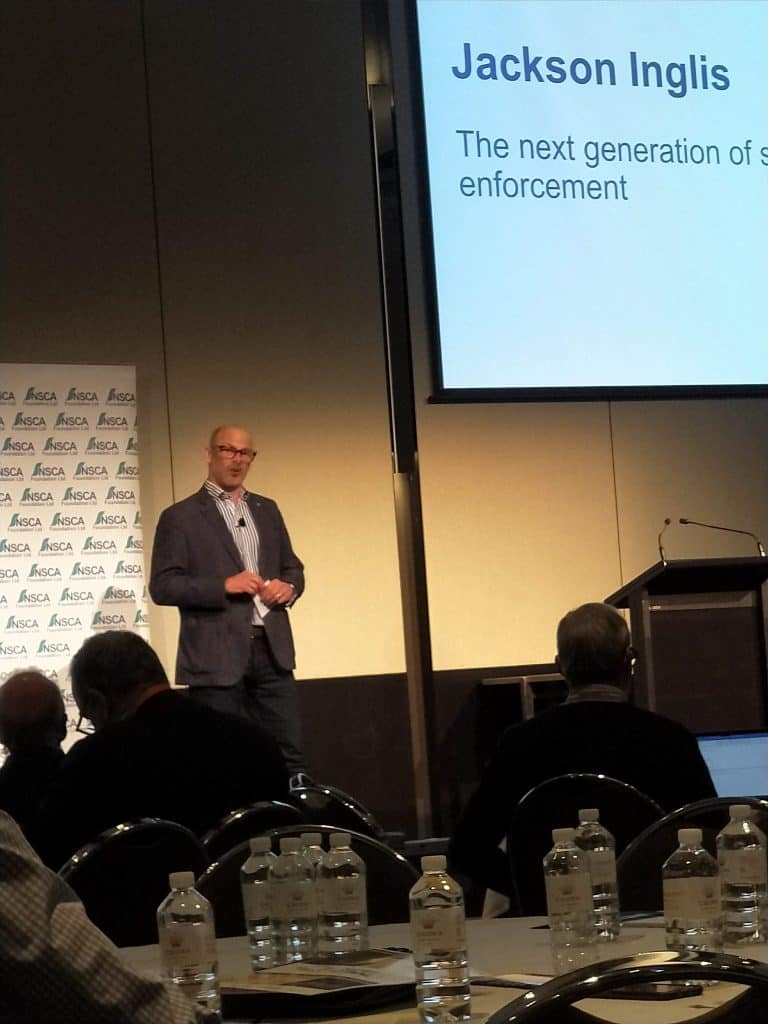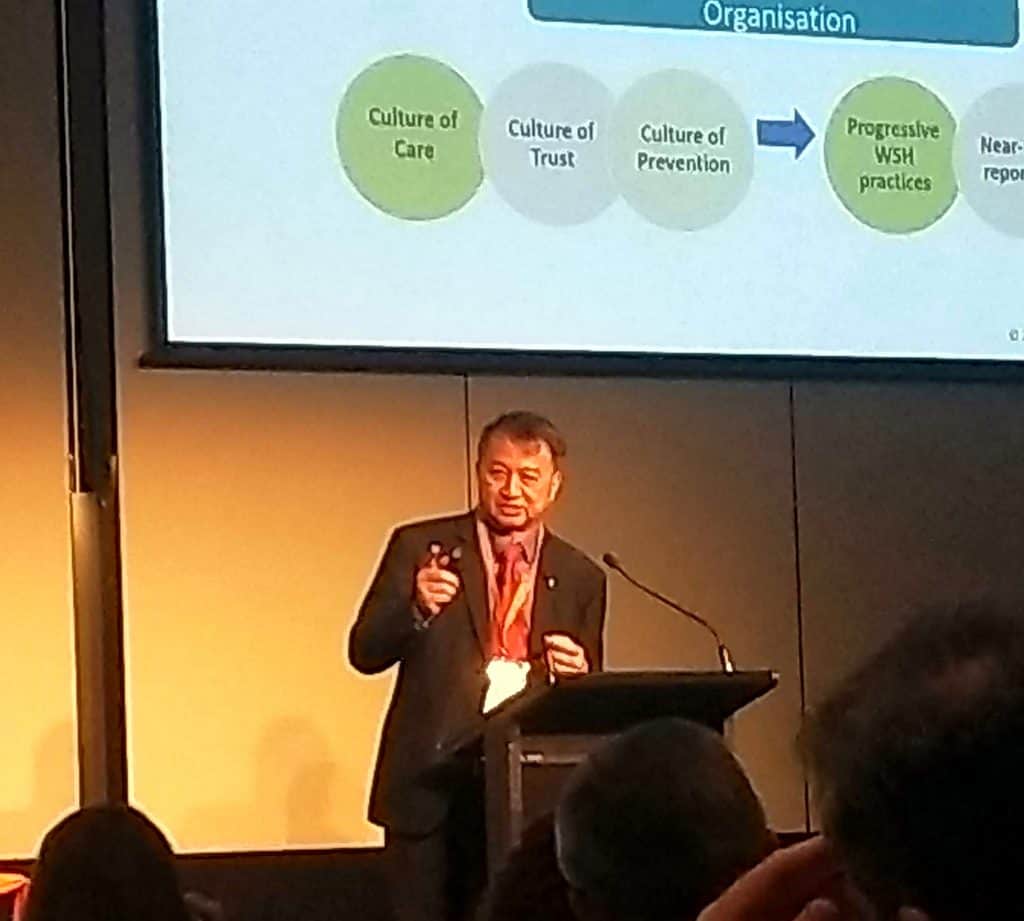Here’s a quick summary of several mentions of occupational health and safety (OHS) in the various Parliaments in Australia over the last week or so.
Answers to Questions on Notice
In Parliamentary Committees, speakers often put questions “on notice” as they do not have the answer at hand. Often these questions fade from memory but answers do appear, usually. A good example has been provided in the South Australian Parliament on September 11, 2009 with the Treasurer, Rob Lucas, providing answers to questions from Estimates Committee B on July 24 2019. For the number junkies out there, according to Hansard, in 2018/19 SafeWork SA:





